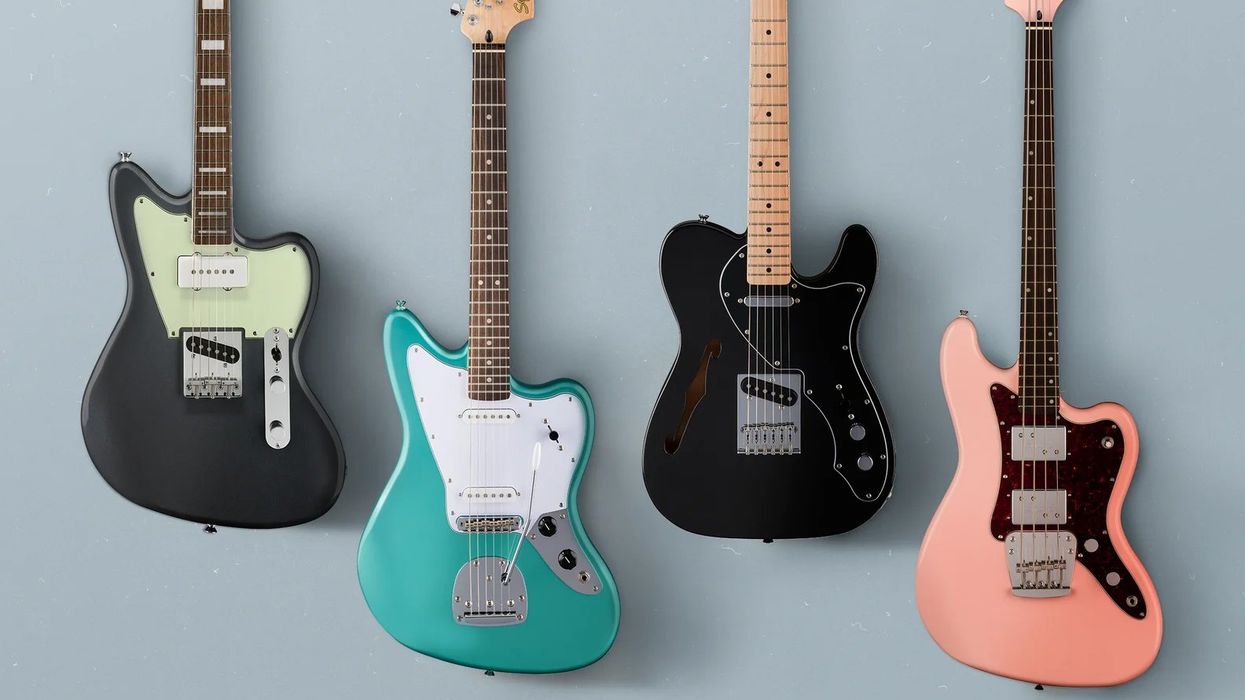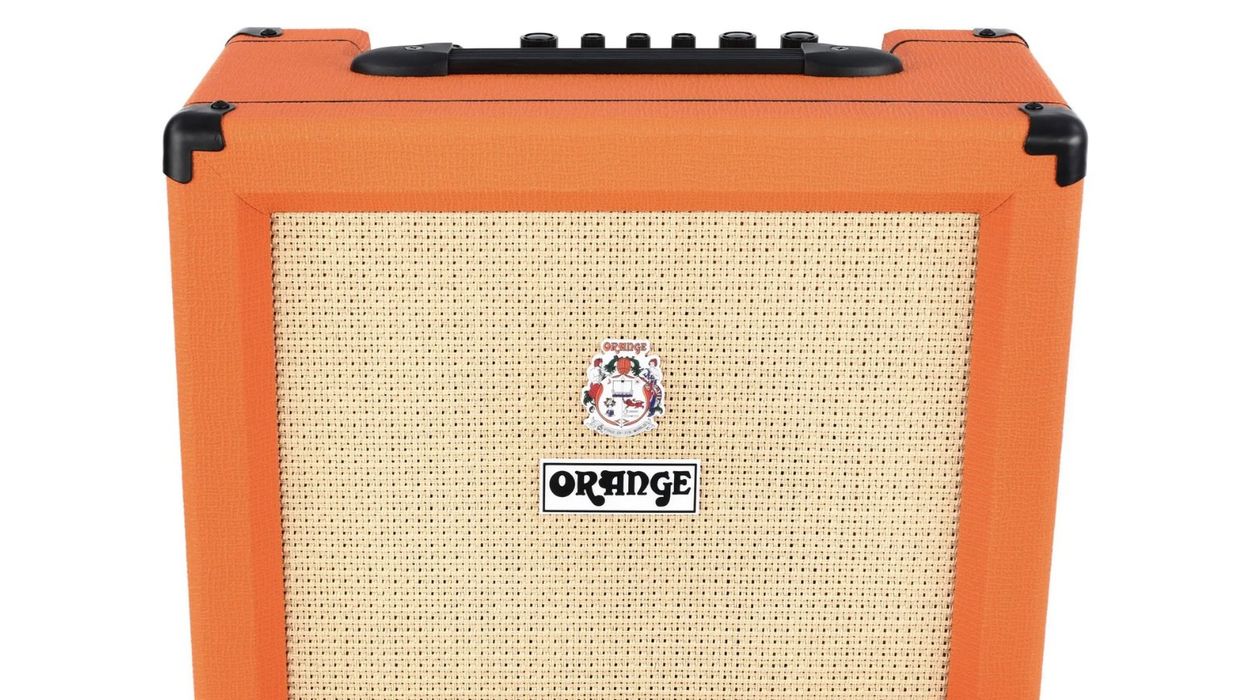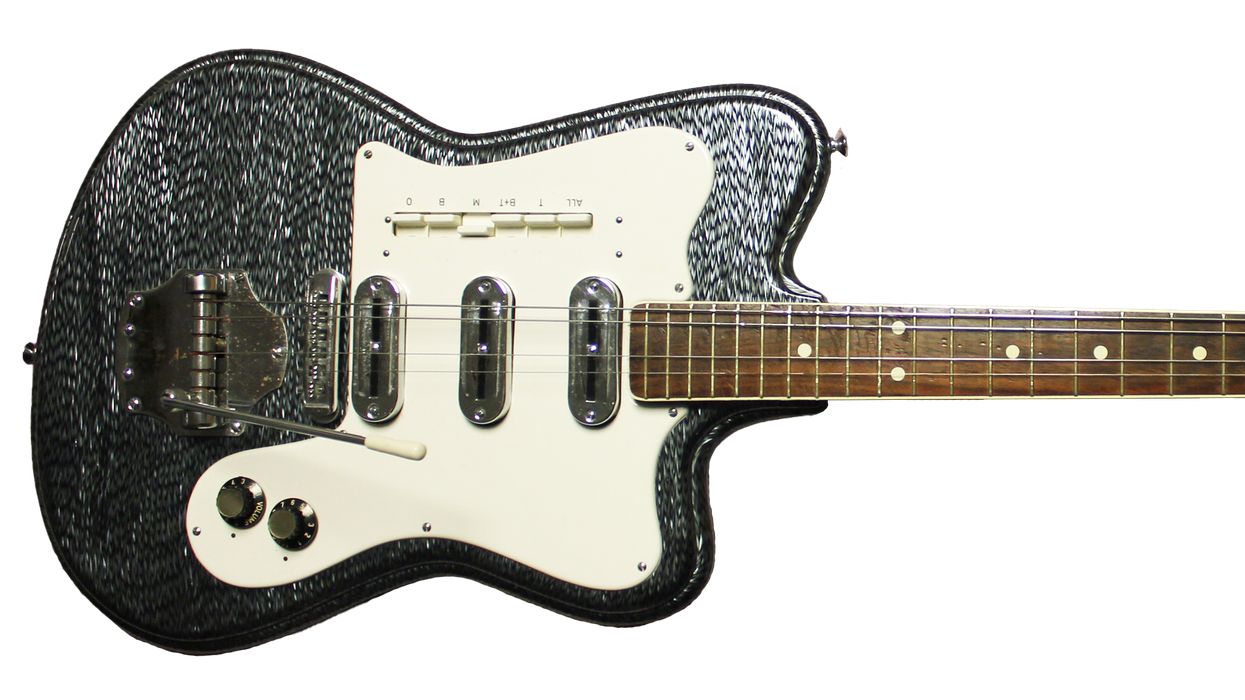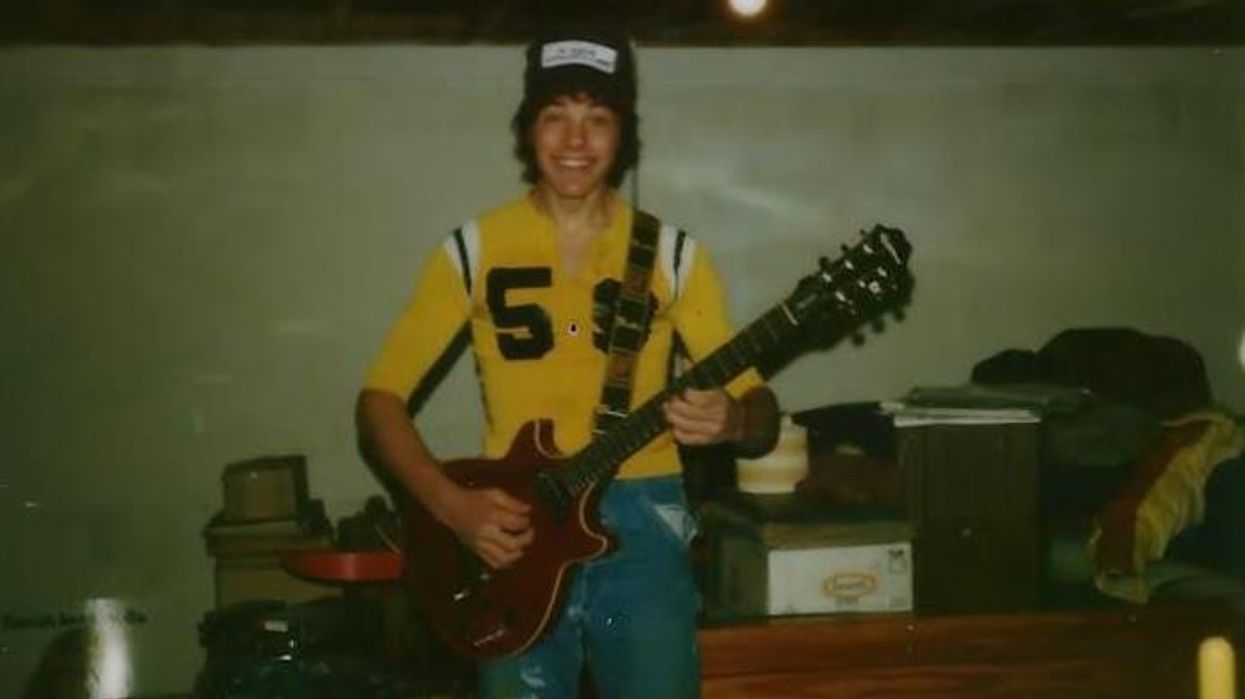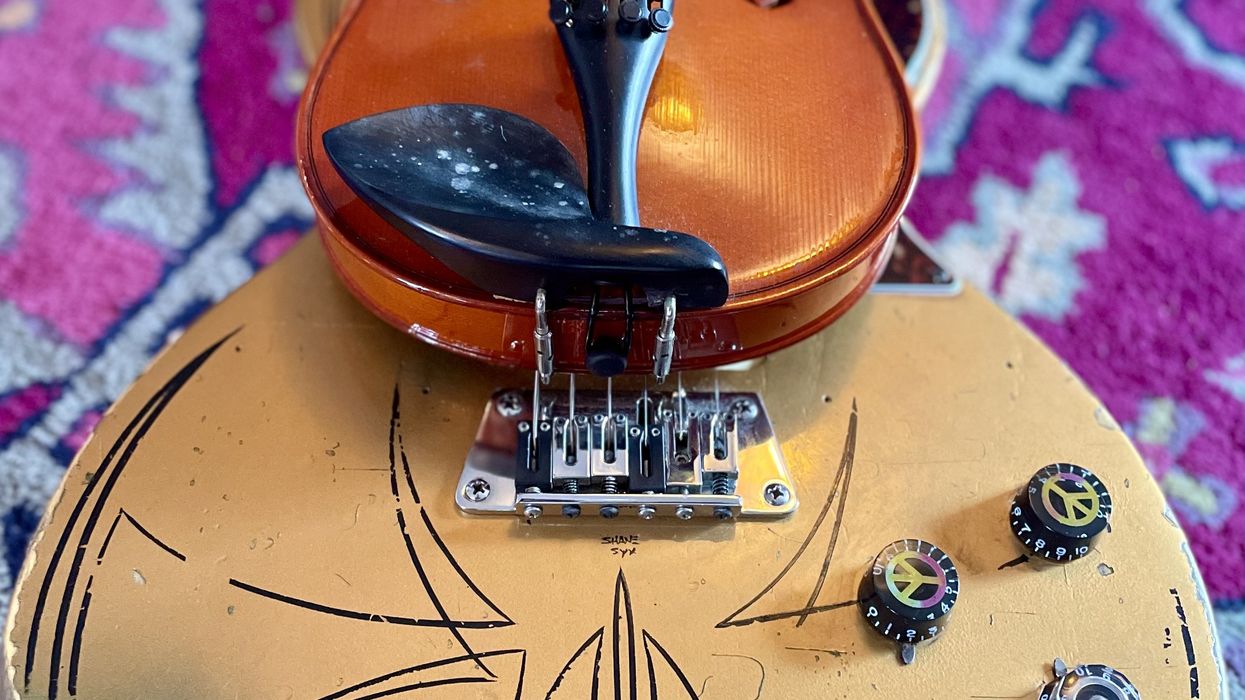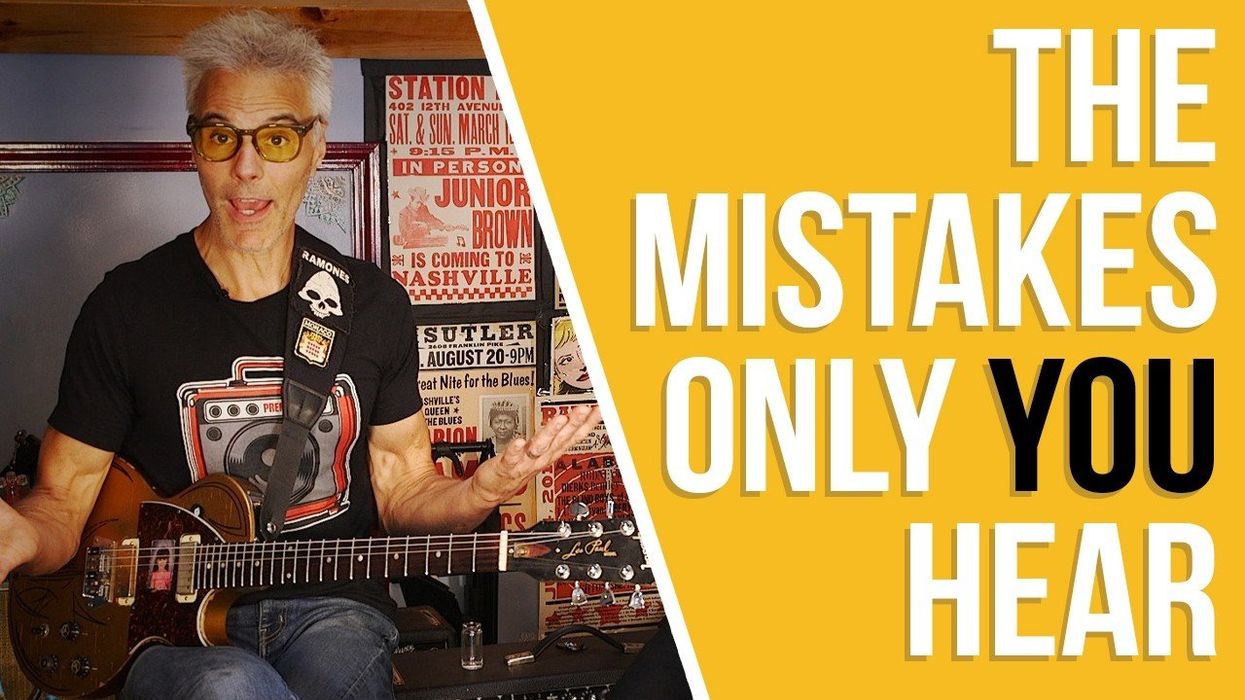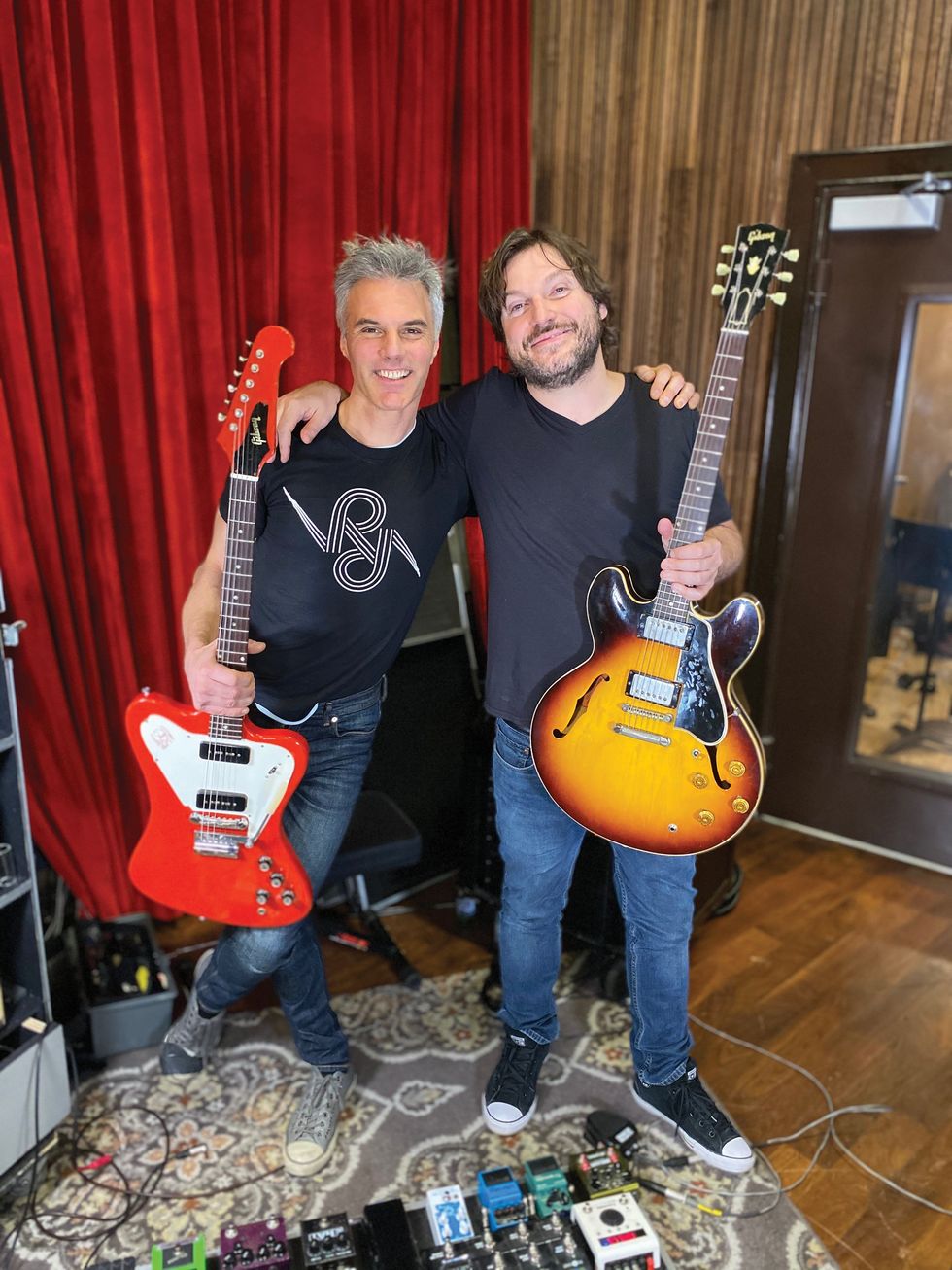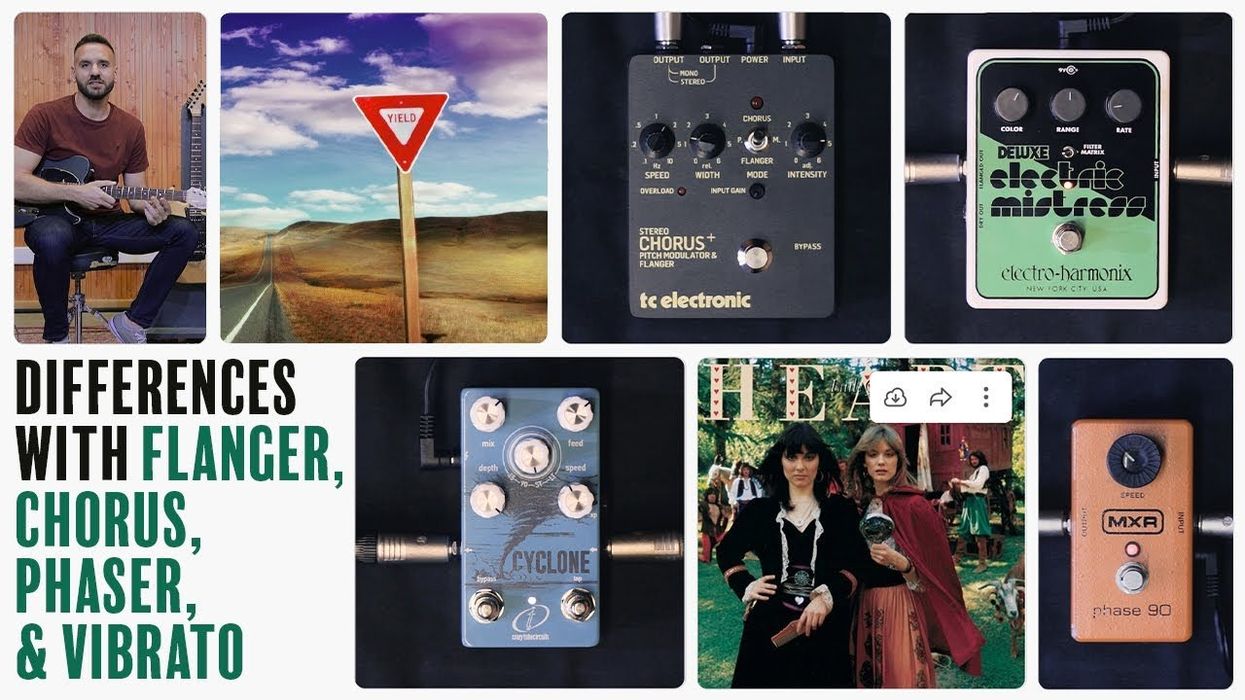Music is such a fiercely individual thing, and how you get to the sound you hear in your head should really only be your business. No matter what kind of advice people give you, it is ultimately your job to figure out exactly how you want to make your musical expression. I make mine 99 percent of the time playing a 5-string bass.
When I was in my teens, I purchased an octave pedal to cover the lower notes of the synth-bass parts for the Top 40 bands I played in. I would also tune my 4-string down for the hard rock and metal bands I played in, to take care of all my extended-range needs. I was —I am embarrassed to admit—sort of a 4-string purist. I’m not sure what’s in the air lately, but the resistance to extended-range instruments and the snobbery regarding the 4-string bass seem to be at an all-time high.
I started playing 5-string bass when I moved to Nashville at the age of 27. I had been a 4-string player for 15 years, and my 5-string purchase was strictly business-related. Because late-’90s pop-country albums used 5-string basses almost exclusively, I figured I had better not show up in Nashville without one. When the Sadowsky I ordered arrived a couple months after my move, however, it quickly changed my preconceived notion that the low B on a 5-string somehow felt different than the other strings and that it wasn’t really a natural part of the instrument in terms of sound or feel. In fact, I tried playing one of my trusty 4-strings after a few weeks of woodshedding with the Sadowsky, but it just didn’t quite feel right. And I had many thousands of hours more experience as a 4-string player! For me, the transition was that quick and natural.
I recall taking the new bass to rehearsals for the first band I joined after moving to Nashville. The band was being produced by a well-known member of a classic-rock band and the style of music was very much in the vein of the Black Crowes. After the first few weeks, I was told by the manager that it was brought to his attention I shouldn’t play a 5-string bass. I was dumbfounded. There was no mention of my playing ability: It was strictly a visual request. It’s funny, because the bass I was playing had a 3-tone sunburst finish, a J-style body, and a light-colored rosewood neck that could easily be confused with a ’60s Fender Jazz if you squinted hard enough. And it sounded vintage as well, thanks to its passive electronics.
of playing one well.
My second taste of 4-string snobbery came a few years later. I was in rehearsals for a recording artist, and the musical director (a sax player) asked me to “maybe try a P bass instead.” The interesting thing is that I was already playing an actual P bass, but—you guessed it—the bass had five strings. Again, vintage 3-tone sunburst and passive pickups, but apparently that one extra tuner somehow miraculously made it not a P bass in his mind.
Some 4-string players go to any length to avoid being seen with a 5-string, even when they’re more than capable of playing one well. For example: I was backstage at an amphitheater show, where I was playing with one of the opening acts, when I saw that the bassist for the main attraction (one of the biggest names in pop country) had nine Fender Jazz 4-strings in his tech’s area. There were six different tunings. The band’s material is very similar song-to-song, so the bassist was obviously trying to maintain tonal consistency. That said, I played one 5-string that day. Yes, I am well aware that when bassists double the guitar riffs (often in rock music), sometimes relying on open strings like the guitarists do is sonically imperative. That definitely wasn’t the case here, however, and I’ve seen people go to similar lengths to avoid playing a 5-string at other levels of the industry as well.
It should be noted that in other areas of today’s music industry, things are (thankfully) the opposite. If you work in the pop, gospel, metal, or contemporary R&B genres, you had better show up to a gig with a 5-string bass. The sound is imperative to those genres.
So many classic albums were made using a 4-string bass, and players like Jaco and Jamerson only needed four strings, but here is my honest, simple view on the matter: The low B adds more bass!
I’m absolutely in love with bass, so it’s beyond my comprehension how more bass could not be seen as a good thing. I’ve had other musicians turn around and smile so many times over the years when I hit a very low note, but have never had someone turn around and scowl after I provide a small earthquake. (They only do that when I hit a wrong note.) I think this proves that the aversion is only visual, right?
My advice to 5-string naysayers: Get over it.






